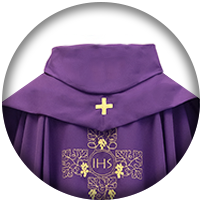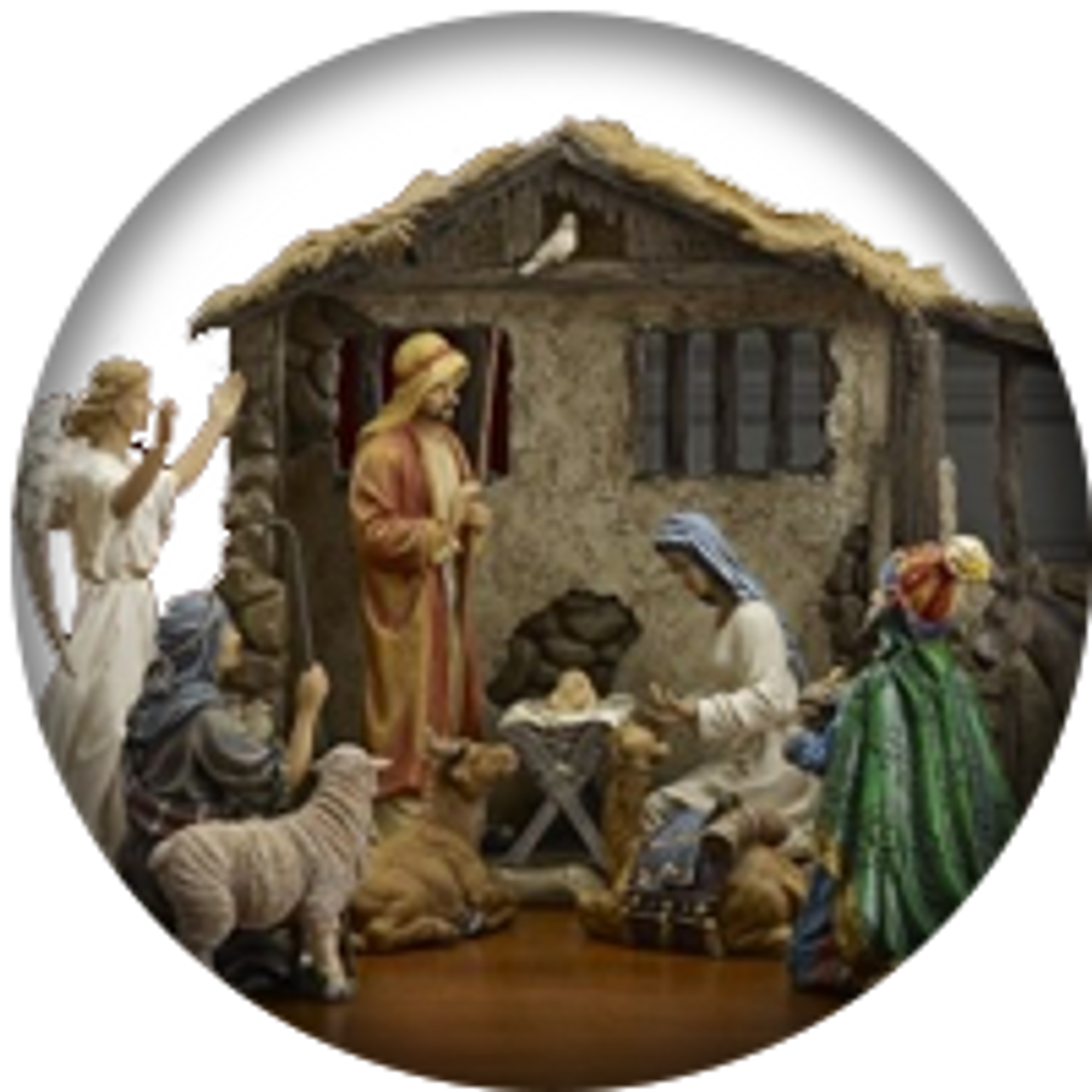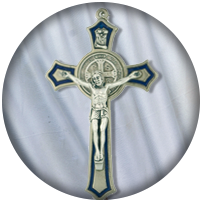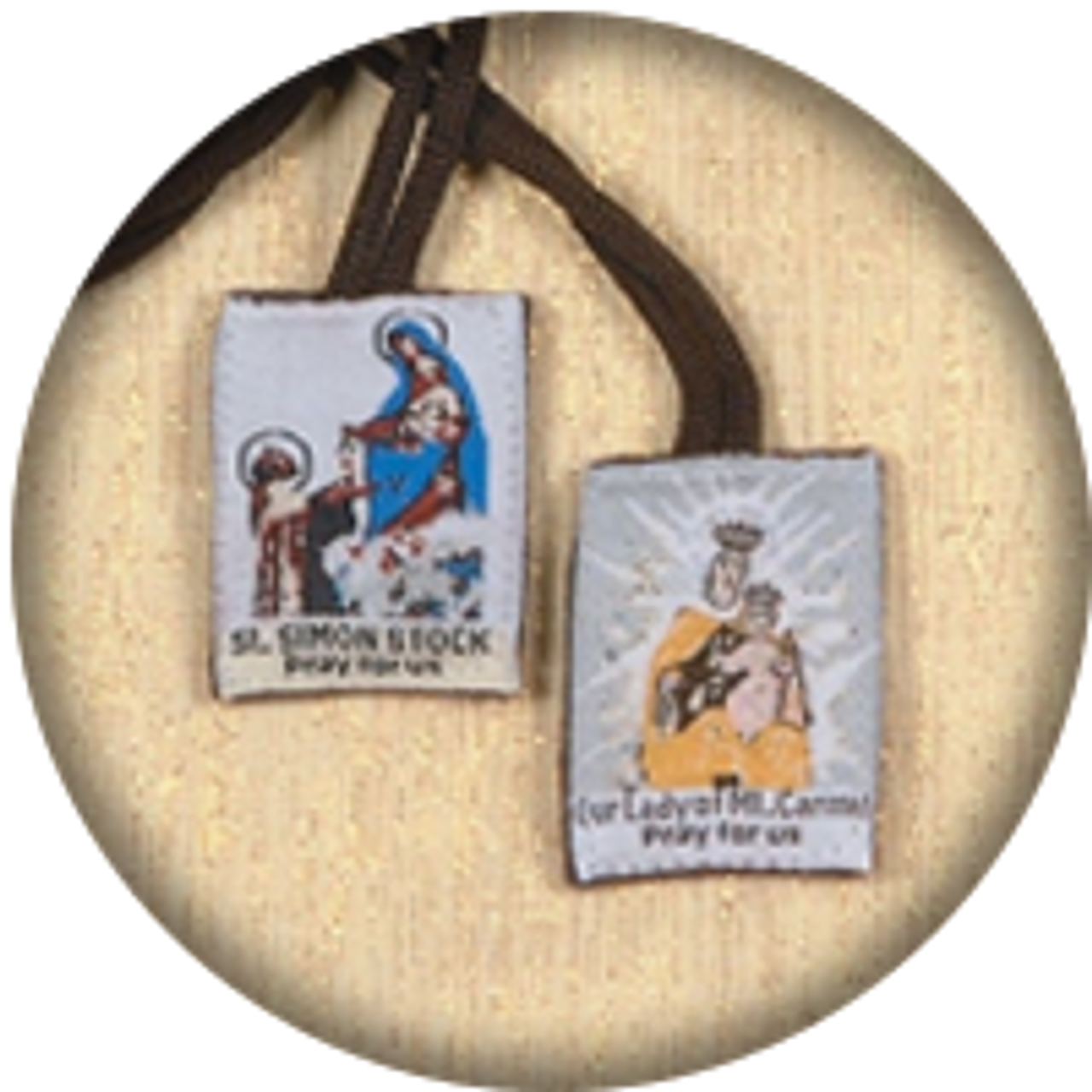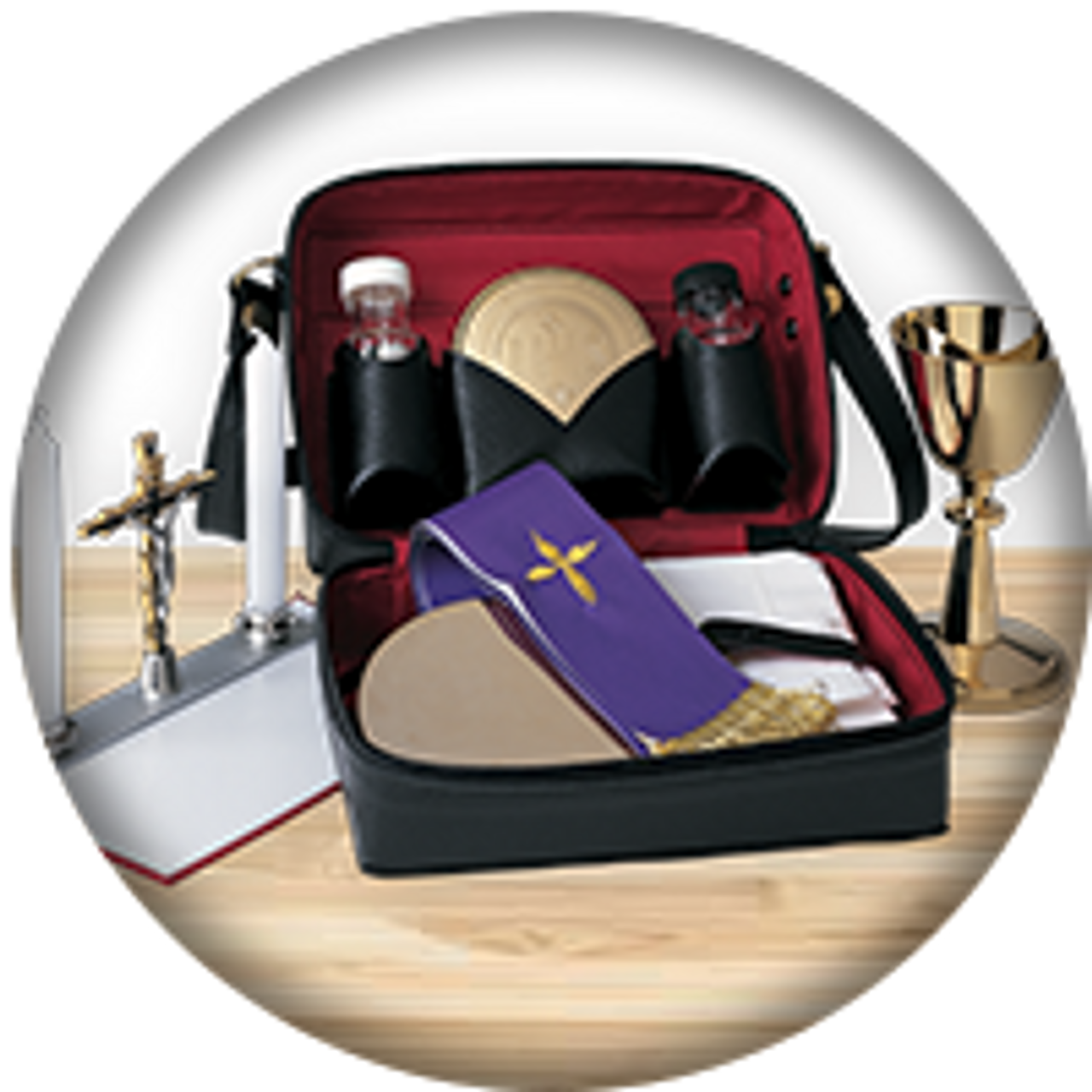ST. BENEDICT--Prevailing Wisdom for Our Times--Feast Day July 11th
Kathy Boh on 10th Jul 2019
ST. BENEDICT and the RULE OF ST. BENEDICT:
Prevailing Wisdom for Our Times
Feast Day: July 11th
St. Benedict lived during a quite transitional time in history. He not only lived on the cusp of the fall of the Roman Empire, but he had some direct communication with a Goth King in his time. Yet this ancient saint (480-543) lived a life developing deep wisdom in word and deed. That wisdom has become documented in his "Rule"...to share his keen perceptions regarding successful human relationships and sustained living and working environments. Our commentary begins with the fruit of his life, and then goes back to some details about his life.
THE RULE OF ST. BENEDICT
Pope St. Gregory the Great’s “Dialogues” shed light on Benedict's life within decades after his death. Pope Gregory developed much of his biographical manuscript from first-person interviews with those who knew Benedict himself. St. Benedict's writings on the “Rule of St. Benedict” describe Benedict’s ways and his perceptive insights—all based on God’s wisdom found in the Bible, which he often quotes.
“Practice what you preach”… “Make sure that you, more than anyone, follow the rules…” This is not a quote, but a theme found throughout the “Rule” as Benedict speaks to leaders. Given this fact, it is quite revealing to find out just who St. Benedict is and was… just by reading his “Rules”. So we will begin there, even before we give the later rendition of his biography.
The “Rule of St. Benedict” is more than a good set of fundamental instructions and practices for religious life, as many have come to assume. Some try to distill it down to the phrase “work and pray”—which misses so much of the heart of the document. Benedict considered work a part of everyday living for everyone. Prayer was vital, and work stopped on a regular basis throughout the day as the brothers joined together for prayer—psalms, and portions of what we know as the Liturgy of the Hours. Individual prayer was, of course, encouraged to be done privately to bless and praise the Lord.
The “Rule of St. Benedict” covers many aspects of life, prayer, relationships, work and leadership (and more). It is actually a detailed description of how to live in a steady, workable relationship, both with God and with others—successfully. It is marked by detailed portraits of peace and love, gentleness and appropriate firmness, and a balanced order.
The “Rule of St. Benedict” has long been considered a good model for religious life in both convents and monasteries of all kinds. However, there were (and are) some differences in his intentions and in perspective between his original view and some current perspectives and practices. Certain details and overviews set his original “Rule” apart from later (and more frequently seen modern) adaptations of it to religious and clerical life.
In fact, it is interesting and imortant to realize that St. Benedict intended that his “rule” be for lay people—not clerics—who were seeking to live a life congruent with bible truth and gospel living. Working well, serving others’ needs, developing good character and inter-relationships was a primary objective.
His “Rule” was meant to focus on a committed group of people who would consistently be living together—much like a household or family (rather than the later church concept of a large community with various branches or monasteries where some would transfer in or out). And, his “rule” included a gospel portrait of a leader (an “abbot”) who worked, lived and functioned with and alongside his people--leading well but not lording it over them in self-promoting ways.
Another “difference” that sets St. Benedict’s rule apart is that the concept of “work” in his “Rule” was, first of all, considered basic to the development of Christian character. He believed that being idle or depending on slaves and servants impeded the growth of goodness in someone's life. He also believed that living, working and relating to others helped in personal growth and character. Working in a close-knit atmosphere contributed everyday opportunities to grow in love and knowledge of each other.
He would have subscribed to the old saying, “Idle hands are the devil’s workshop”. Working, he believed, helped one to develop self-discipline and fight temptation. Work was considered a necessary part of life and (as St. Paul demonstrated in his making of tents) a good occupation for Christians. Also like St. Paul, St. Benedict wanted to see his monasteries in a position to share and to give as others needed their help or their goods (food included), rather than be dependent on begging or donations.
ST. BENEDICT’S EARLIER LIFE
We mentioned that St. Benedict lived during the downfall… and then the fall … of the Roman Empire. He was the son of a wealthy Roman noble, and twin sister to St. Scholastica. At some time in his schooling years, he was sent to Rome for advanced education. There, he witnessed the debauchery of his fellow students and others around him. Benedict left Rome and went in search of a place where he could better pursue the purposes, truth, and wisdom of God. He left school and his father’s house, fortune, and position to pursue a life in keeping with the gospel.
After he left Rome, Benedict found a church dedicated to St. Peter, and nearby, discovered some other good men more in tune with his life goals and purpose. Here, about 40 miles from Rome (in modern day Affile) he worked his first known miracle.
It is striking that, as with Jesus at the wedding feast in Cana, the miracle “happened” in the course of everyday life… His servant broke an earthenware sifter, and Benedict prayed and restored it to its original condition.
As this brought him unwanted publicity and notoriety, he withdrew to the shelter of a cave in Nero’s town of Subiaco. He had not originally intended to live as a hermit, but he spent three years there, with the help of a monk named “Romanus”, who lived in a nearby monastery. He became familiar with some shepherds who began to follow him in thought and in practice, as Romanus continued to visit him and help care for his needs—including his bringing regular food deliveries.
When the Abbot of a nearby abbey died, the monks begged Benedict to head up their monastery. Although Benedict saw the differences between his approach and theirs and warned them of the dissimilarities… he ultimately agreed to take the Abbot’s place. At some point thereafter, a monk tried to poison him, but he recognized the attempt and lived… and left that monastery.
Still at Subiaco, his wisdom and holiness became more known, as did his miracles. Soon many joined him and he set up 12 monasteries of 12 monks each, and a smaller one where he lived with other monks. He also began to develop schools for children. As his renown grew, so did jealousy towards him—as it too often does toward those who are doing good. To help his followers find peace from the ensuing persecution and harassment, Benedict moved to a new location—a town called Monte Cassino.
Monte Cassino was on a steep hill, with a temple at the edge of the bluff. The people there, however, were not worshipping the God of the Bible, but rather, the ancient false god, Apollo. The woods were filled with devil worship and horrific sacrifices. St. Benedict taught and drew the people to Christ, in truth and in power. He destroyed the demonic sacrificial killing places and false worship sites, and built his monastery on Apollo’s transformed altar, now dedicated to Jesus Christ.
ST. BENEDICT’S LAST YEARS
The last monastery founded by St. Benedict was near Terracina, by the sea shore another 40 or so miles away. Although some accounts vary, it is said that it was here that he received a visit from the Goth King, Totila, when the Goth was on his way to Rome. Benedict had already exhibited his gift of prophetic insight, but with the King, his words were well remembered… and fulfilled. St Benedict first warned and rebuked the King (who had a long history of cruel and aggressive actions), and then foretold his kingly reign in Rome, and his upcoming death, ten years from then. The king was shaken, asked for prayer, and was found to be much more subdued in his brutal behaviors in his final years. He reigned and died as Benedict had said.
Not long after this, he received a visit from his sister, St. Scholastica. Three days later, she died. He had his monks bring her body to the burial site that he had prepared for himself, and days later, Benedict died (as the Lord had told him). He was buried (with his sister) at the location of the monastery church where the altar of Apollo had been torn down and transformed into a place of worship of Jesus Christ.
TODAY
St. Benedict is invoked today by those who need to find the authority and power of Jesus Christ over the harassments and assaults of evil. As he cleansed the woods and Apollo’s temple—much like biblical prophets of old—he came to be known as a man steadfast in his victory over demonic powers and evil. As his writings show, St. Benedict was a man well-versed in the Bible (quoting it freely as he wrote) and, in his life, well-practiced in spiritual warfare—as the New Testament calls us to be.
Although some in Catholicism and Christianity—even leaders—will say that such evil powers no longer exist or do not harass people, many have sought the intercession of St. Benedict (and St. Michael the archangel, and St. John Vianney, [St.] Padre Pio, St. Patrick, and others) to go to God with them as they stand against evil powers. Jesus told us that we have the authority to stand firm and victorious against all the control, dominance and strong holds of the devil, as He fights with and for us with His angels against demonic attacks.
St. Benedict’s “Rule” has received and continues to receive attention and appreciation in a number of forums. Time has not minimized its impact, but only increased its esteem and value. While it is easy to believe and presume that we 21st century modern believers and thinkers are, assumedly, “quite advanced” over 5th and 6th century thinking and living, we might consider a “new” (though previously discovered) approach… including undertaking a careful study of Benedict’s ways of living and leading—for the common good. As our own cultures grow more dis-jointed, detached, and "professionally distant", many are finding the need to re-discover ways God intends us to live and function in genuinely real-and-loving community-oriented ways that are based on biblical truth and love.
Sometimes we moderns need to be reminded that we can learn some things from ages past… even the distant past—even 1500 years ago. And… that genuine truth and love, balanced and practical order, considerate and humble leadership, and healthy interpersonal patterns of relating—found in the "Rules"— have been solid foundations for centuries.
Leadership in families, churches, businesses, corporate life and even government might consider some of his astute answers and tested ideas found in his “Rule”. His wisdom is quite practical. One of the most striking contrasts (considering all the business presumptions, assumptions, and focus on the so-called "bottom line”) to modern thinking is found in his depiction of a “business manager” position.* His views are most revealing, appropriate and transforming.
Our modern culture can only gain from the wisdom of St. Benedict. It is truly adaptable to many areas of life, in various times and customs, cultures and ages.
This article is based on our blog article published on July 10th of last year (and previously) on this blog site at trinitychurchsupply.com/blog
FOOTNOTE:
*Chapter 31 in the “Rule” of St. Benedict. The best translation and rendition is a contemporary paraphrase (with commentary) by Jonathan Wilson-Hartgrove, from Paraclete Essentials, 2012, Paraclete Press, Brewster Massachusetts

